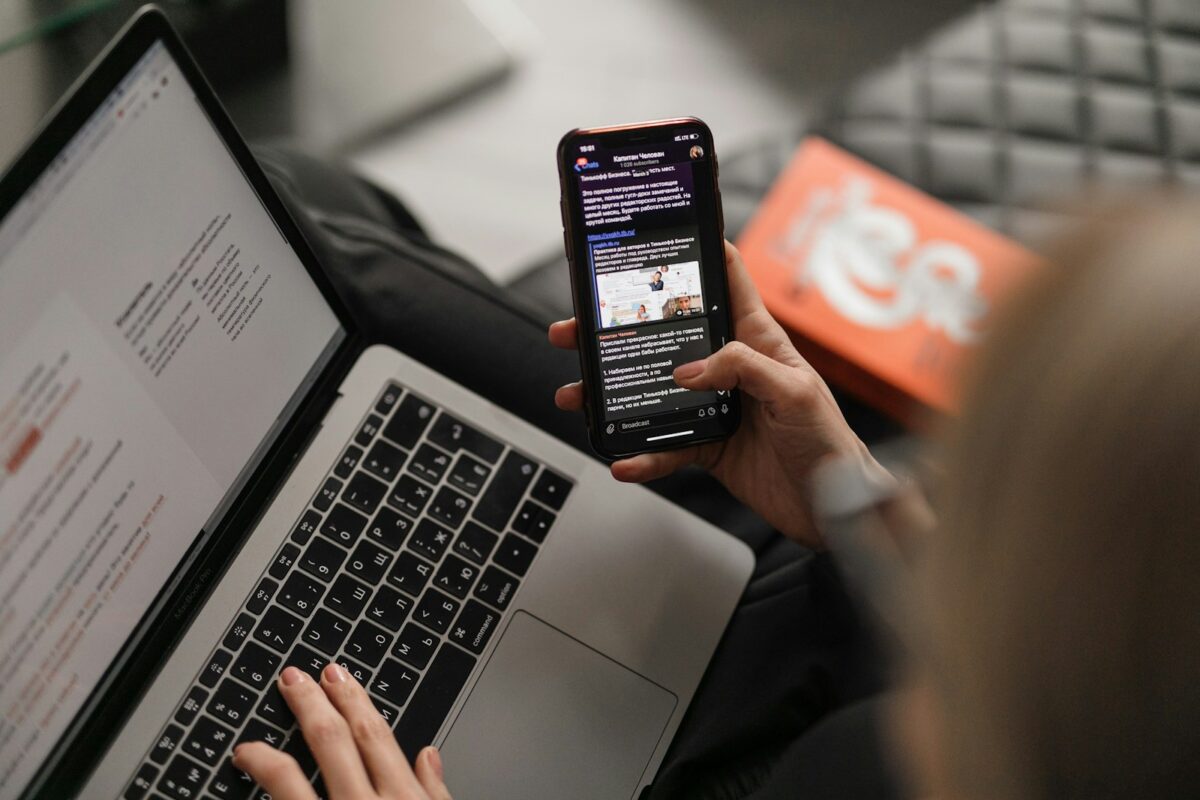Mobile Marketing: Definition, How It Works, and Examples, In today’s digital age, mobile marketing has become an essential strategy for businesses looking to reach and engage with their target audience. With the widespread use of smartphones and mobile devices, mobile marketing offers unique opportunities to connect with consumers on the go and deliver personalized experiences that drive engagement and conversions.
What is Mobile Marketing?
Mobile marketing refers to the practice of promoting products or services to consumers through mobile devices such as smartphones and tablets. This can include a wide range of tactics and strategies, including mobile advertising, mobile apps, mobile websites, SMS marketing, and location-based marketing.
The goal of mobile marketing is to connect with consumers where they spend a significant amount of their time – on their mobile devices – and deliver relevant and timely messages that resonate with their interests and needs.
How Does Mobile Marketing Work?
Mobile marketing works by leveraging the unique capabilities of mobile devices to deliver targeted and personalized experiences to consumers. This can involve a variety of tactics, including:
- Mobile Advertising: Mobile advertising involves displaying ads on mobile websites, apps, or other mobile platforms. These ads can take various forms, including banner ads, interstitial ads, and video ads, and can be targeted based on factors such as location, demographics, and user behavior.
- Mobile Apps: Mobile apps provide businesses with a powerful way to engage with consumers directly on their smartphones or tablets. Businesses can create their own branded apps or partner with existing apps to reach their target audience and deliver personalized content, promotions, and offers.
- Mobile Websites: Mobile websites are optimized for viewing on mobile devices and provide users with a seamless browsing experience. Businesses can use mobile websites to showcase their products or services, provide information, and facilitate transactions, making it easy for consumers to engage with their brand on the go.
- SMS Marketing: SMS marketing involves sending text messages to consumers’ mobile phones to deliver promotions, offers, and other marketing messages. SMS marketing can be highly effective for reaching consumers in real-time and driving immediate action, such as making a purchase or visiting a store.
- Location-Based Marketing: Location-based marketing uses GPS technology to target consumers based on their physical location. This allows businesses to deliver highly relevant and timely messages to consumers when they are near a specific location, such as a store or restaurant, increasing the likelihood of engagement and conversion.
Examples of Mobile Marketing
To better understand how mobile marketing works in practice, let’s take a look at some examples of successful mobile marketing campaigns:
- Starbucks Mobile App: The Starbucks mobile app is a prime example of how businesses can leverage mobile technology to enhance the customer experience. The app allows users to order and pay for their favorite drinks ahead of time, earn rewards, and receive personalized offers and recommendations based on their past purchases and preferences.
- Pokemon GO: Pokemon GO is a popular augmented reality mobile game that uses location-based technology to encourage players to explore their surroundings and catch virtual Pokemon. Businesses have capitalized on the game’s popularity by using sponsored locations and in-game promotions to attract players to their stores and drive foot traffic.
- Coca-Cola SMS Campaign: Coca-Cola launched a successful SMS marketing campaign in Romania, where consumers could text a shortcode to receive a free Coca-Cola at participating stores. The campaign drove significant engagement and helped increase sales and brand awareness.
- Amazon Mobile App: The Amazon mobile app provides users with a seamless shopping experience on their mobile devices, allowing them to browse and purchase products, track orders, and receive personalized recommendations. The app also features one-click purchasing and voice search capabilities, making it easy for users to find and buy what they need quickly and efficiently.
- Uber Location-Based Promotions: Uber uses location-based technology to deliver targeted promotions and offers to users based on their current location. For example, users may receive a discount on their next ride when they are near a popular event or attraction, incentivizing them to use the service and increasing rider engagement.
Conclusion
Mobile marketing offers businesses a powerful way to connect with consumers on their most personal and ubiquitous device – their smartphones. By leveraging the unique capabilities of mobile devices and delivering targeted and personalized experiences, businesses can drive engagement, increase brand awareness, and ultimately, drive sales and revenue.
As mobile technology continues to evolve and consumers become increasingly reliant on their mobile devices, mobile marketing will only become more important for businesses looking to stay competitive in today’s digital landscape. By embracing mobile marketing strategies and tactics, businesses can position themselves for success and reach their target audience wherever they are.
